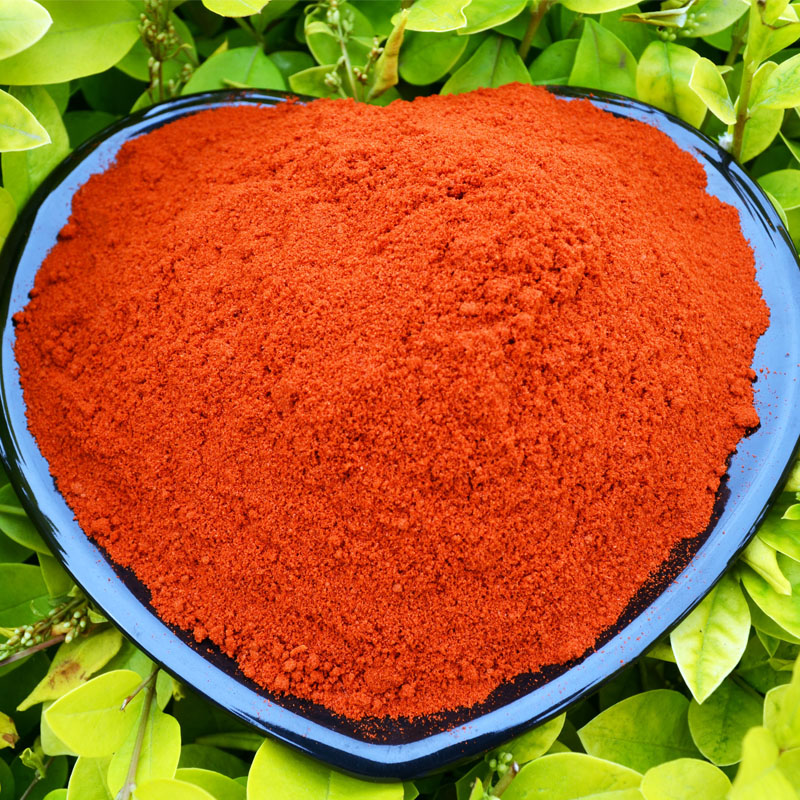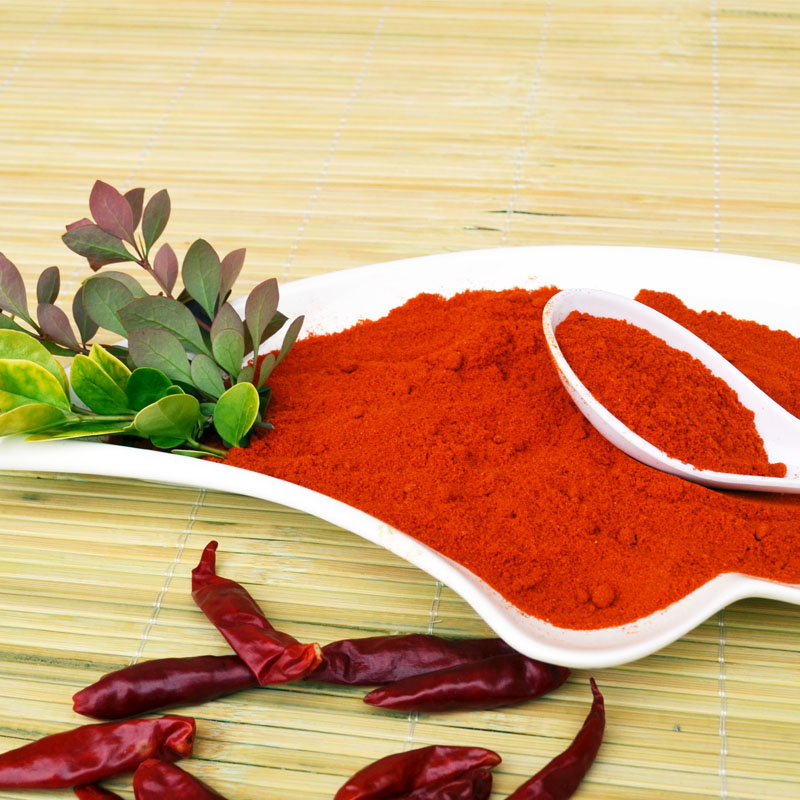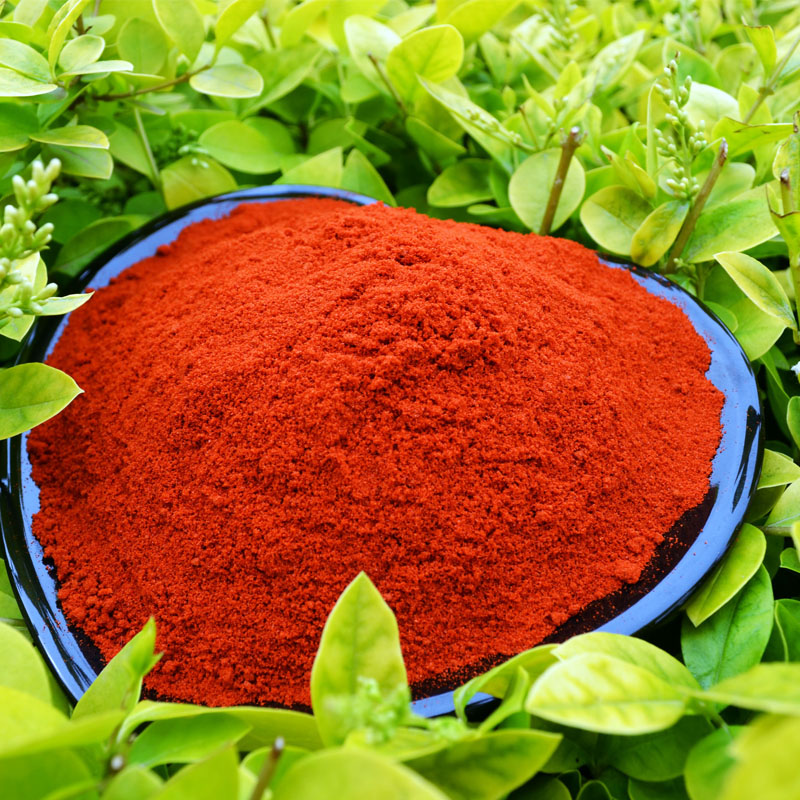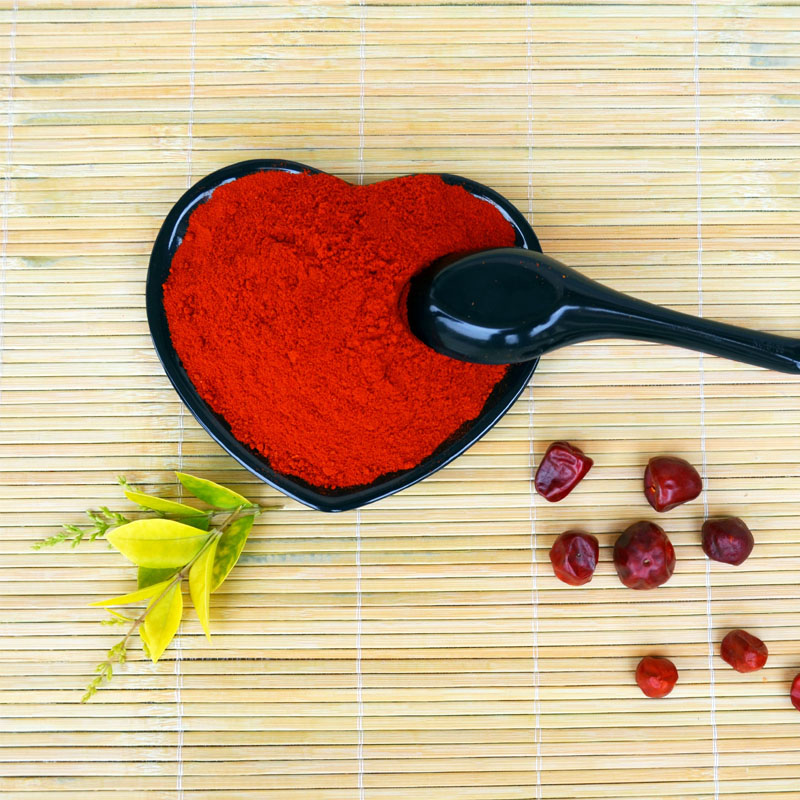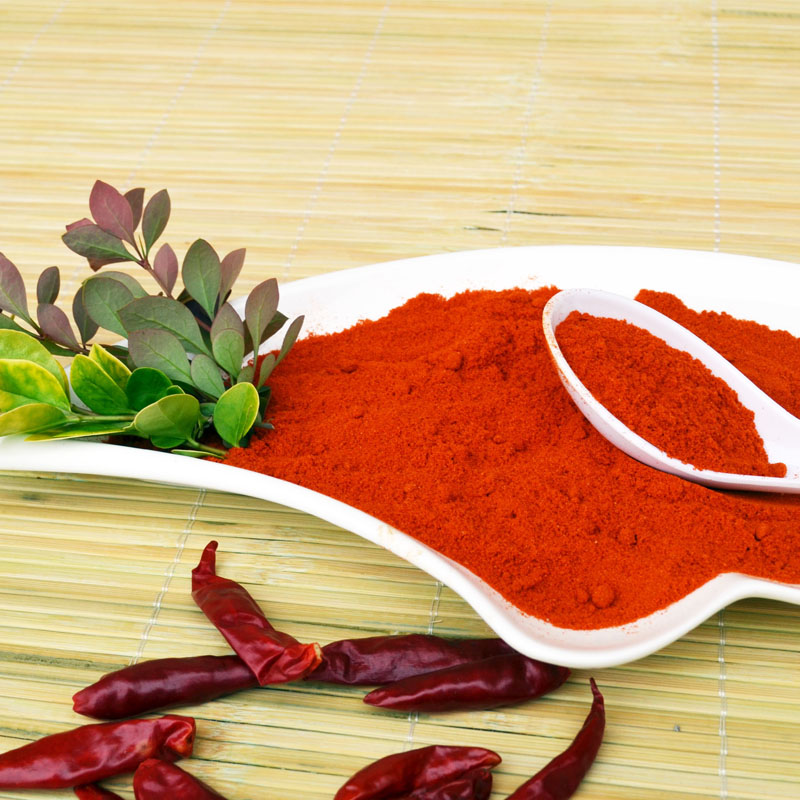
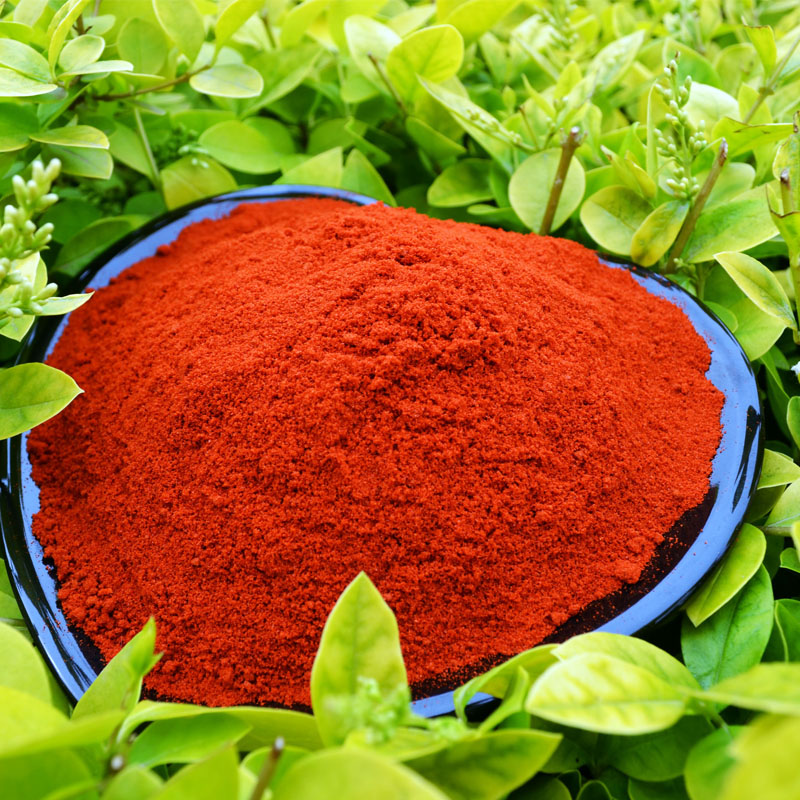
Nos produits de chili naturels et sans pesticides avec ZÉRO additif sont désormais vendus à chaud dans les pays et districts qui aiment l'utiliser pour cuisiner. Les certificats BRC, ISO, HACCP, HALAL et KOSHER sont disponibles.
Généralement, nos produits sous forme de poudre sont emballés dans un sac en papier de 25 kg avec un sac intérieur scellé en PE. Et le paquet de vente au détail est également acceptable.
Red chili peppers, which are a part of the Solanaceae (nightshade) family, were first found in Central and South America and have been harvested for use since about 7,500 BC. Spanish explorers were introduced to the pepper while on a search for black pepper. Once brought back to Europe, the red peppers were traded in Asian countries and were enjoyed primarily by Indian cooks.
The village of Bukovo, North Macedonia, is often credited with the creation of crushed red pepper.[5] The name of the village—or a derivative of it—is now used as a name for crushed red pepper in general in many Southeast European languages: "буковска пипер/буковец" (bukovska piper/bukovec, Macedonian), "bukovka" (Serbo-Croatian and Slovene) and "μπούκοβο" (boukovo, búkovo, Greek).
